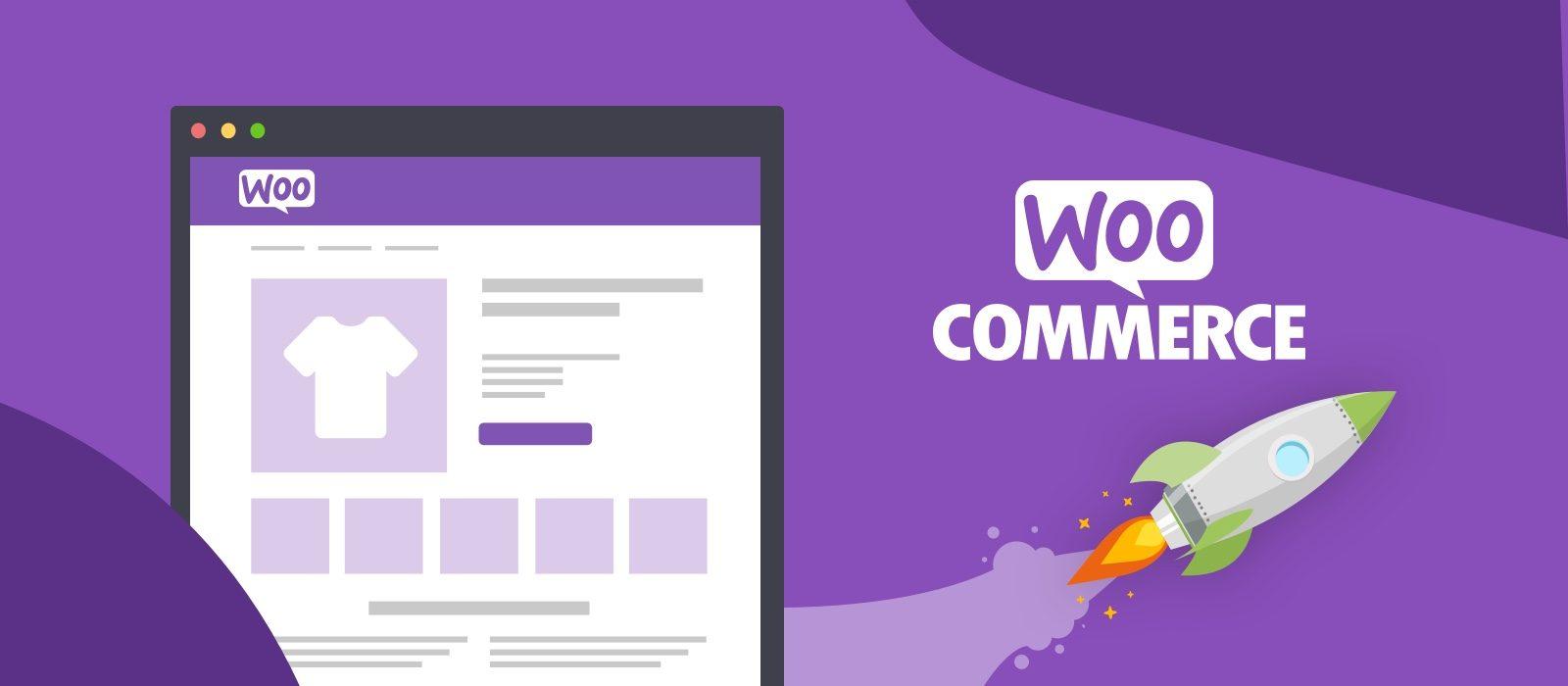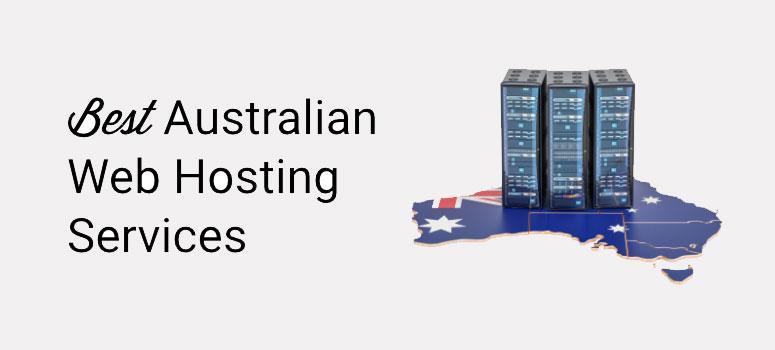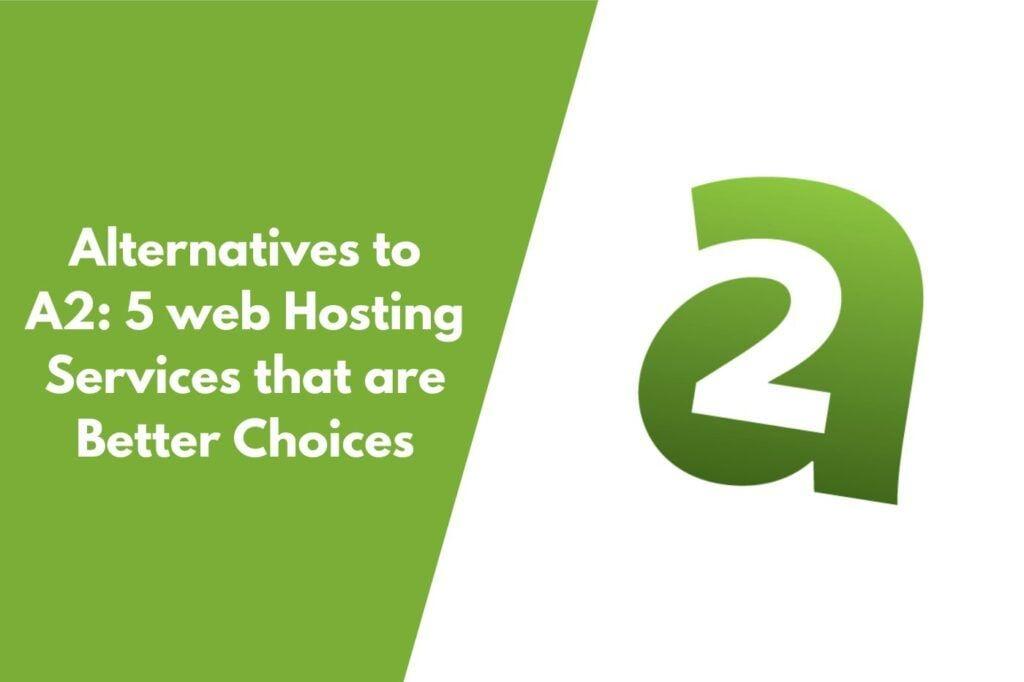Shopify vs WooCommerce: Which is Better?
Are you thinking about starting your own online store but feeling overwhelmed by the options? You’re not alone! With so many e-commerce platforms out there, it can be tough to decide where to plant your roots. Two heavyweights in the game are Shopify and WooCommerce, each boasting its own set of features, benefits, and quirks. So, how do you choose? In this article, we’re diving into the nitty-gritty of Shopify and WooCommerce to help you determine which platform might just be the perfect match for your business dreams. Whether you’re a tech-savvy entrepreneur or a first-time seller, we’ll break down the pros and cons to guide you in making an informed decision. Let’s find out which platform will help you turn your e-commerce vision into reality!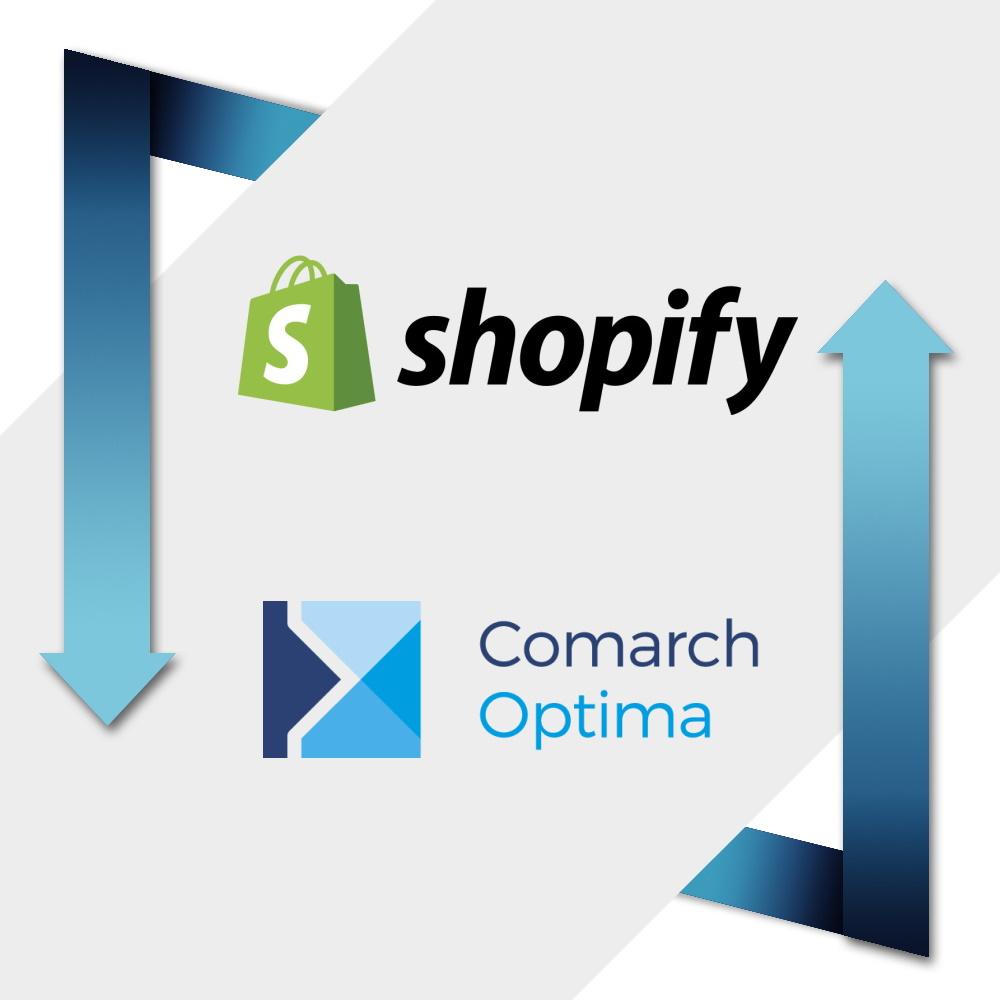
Understanding the Basics of Shopify and WooCommerce
When diving into the world of e-commerce, two platforms often rise to the forefront: Shopify and WooCommerce. Each offers unique features, catering to different business needs. Let’s break down these platforms to understand their core functionalities.
Shopify is a fully hosted e-commerce solution that provides everything you need to create an online store. This means that users can expect:
- User-Pleasant Interface: Shopify is designed for ease of use, allowing even those with minimal technical skills to set up a store quickly.
- Built-In Payment Processing: Users can enjoy seamless integration with multiple payment gateways, simplifying transactions.
- 24/7 Customer Support: With round-the-clock assistance, Shopify ensures that help is just a click away whenever you need it.
Conversely, WooCommerce is a powerful plugin that transforms a WordPress site into a fully functional online store. Its strengths include:
- Flexibility and customization: Being open-source, WooCommerce offers endless customization options for those who want to tailor their store experience.
- Cost-Effective Solutions: While the plugin is free, users can choose from numerous free and paid extensions to enhance functionality.
- control Over Hosting: You choose your hosting provider, which can lead to cost savings and better performance depending on your needs.
To give you a clearer comparison, here’s a quick overview of some key differences:
| Feature | Shopify | WooCommerce |
|---|---|---|
| Pricing Structure | Monthly subscription fees | Free plugin; hosting fees apply |
| Ease of Use | Very easy; all-in-one solution | Requires more setup and WordPress knowledge |
| Customization Options | Limited to themes and apps | Highly customizable with coding knowledge |
| Support | 24/7 customer support | Community support; varies by hosting provider |
Ultimately, the choice between these two platforms hinges on your specific business needs and technical expertise. Shopify appeals to those who want a straightforward, managed solution, while WooCommerce attracts users looking for a customizable, flexible setup. By understanding these fundamental differences, you can make a more informed decision that aligns with your e-commerce goals.

Key Features That Set Shopify and WooCommerce Apart
When it comes to choosing between Shopify and WooCommerce, several key features differentiate these two platforms, making each suitable for varying business needs. Understanding these distinctions can significantly influence your decision-making process.
User Experience: Shopify is known for its user-friendly interface, designed to get storefronts up and running quickly without overwhelming users with technical details.Conversely, WooCommerce, being a WordPress plugin, offers more flexibility but requires a bit more technical know-how to set up and customize. If you prefer a straightforward setup, Shopify might be the way to go.
Hosting and Security: Shopify is a fully-hosted solution, meaning that hosting, security, and software updates are all handled for you. This can be a significant advantage for those who prefer a hands-off approach.Conversely, WooCommerce requires you to secure your own hosting and manage security plugins to ensure your site is safe, which may be daunting for some users. Though, this also grants you more control over your server environment.
Customization and Scalability: WooCommerce shines when it comes to customization.With thousands of themes and plugins available, you can build a unique storefront tailored to your needs.Shopify, while offering a variety of apps and themes, has limitations in customization compared to WooCommerce. Though, Shopify’s simplicity and ease of scaling can be beneficial for growing businesses.
payment processing: Both platforms support multiple payment gateways, but Shopify has its own payment processor, Shopify Payments, which simplifies transactions and avoids transaction fees. WooCommerce, though, allows for greater flexibility in selecting payment gateways, giving you the freedom to choose what works best for your business model.
| Feature | Shopify | WooCommerce |
|---|---|---|
| User Experience | Easy to use,no technical skills needed | Requires some technical knowledge |
| Hosting | Fully hosted | Self-hosted |
| Customization | Limited compared to WooCommerce | Highly customizable |
| Payment Processing | Shopify Payments,fewer fees | Multiple gateways,more control |
Ultimately,the choice between Shopify and WooCommerce will depend on your specific needs,technical abilities,and growth plans. Each platform has its strengths and weaknesses, so it’s essential to align your business goals with the features each option offers.

Cost Comparison: Which Platform Gives You More Bang for Your Buck
When it comes to selecting the right e-commerce platform, understanding the costs involved is crucial to maximizing your investment. Both Shopify and WooCommerce have their unique pricing structures, which can significantly influence your decision. Let’s break down the essentials.
Shopify: This platform operates on a subscription basis, offering different tiers based on your business needs. Here’s a quick look at Shopify’s pricing plans:
| Plan | Monthly Cost | Transaction Fees |
|---|---|---|
| Basic | $29 | 2.9% + 30¢ |
| Shopify | $79 | 2.6% + 30¢ |
| Advanced | $299 | 2.4% + 30¢ |
In addition to the monthly fees,Shopify users may incur costs from payment processing,app subscriptions,and theme purchases.However, Shopify’s all-in-one nature means you won’t have to worry about hosting or security, which can be a relief for newcomers.
WooCommerce: As a plugin for WordPress, WooCommerce is free to install, but you should keep in mind that costs can accumulate as you scale. Key expenses include:
- Hosting: Prices can vary widely, but expect to pay between $10 and $50 per month.
- Domain registration: Usually around $10 to $20 annually.
- SSL certificate: Essential for online security, often bundled with hosting but can cost around $70/year if purchased separately.
- Premium themes and plugins: Depending on your needs, this could quickly add up to hundreds of dollars.
While WooCommerce may appear cheaper at first glance, the costs can escalate as you add features and functionalities. It’s also worth noting that you’ll need to manage updates and security, which can require additional time or investment in professional services.
deciding which platform gives you more “bang for your buck” really depends on your business model and growth trajectory. Shopify offers a straightforward, hassle-free experience with predictable pricing, while WooCommerce provides flexibility and customization at a possibly lower initial cost, albeit with more variations in overall expense as your store evolves.
Ease of Use: Is Shopify Truly More User-Friendly?
When diving into the world of e-commerce platforms, ease of use is often a significant deciding factor for many entrepreneurs. Shopify shines in this area with its intuitive interface and streamlined processes designed for users of all skill levels. From setting up your store to managing inventory, Shopify offers a straightforward experience that minimizes technical hurdles. this allows you to focus more on growing your business rather than grappling with complicated coding or back-end configurations.
One of the standout features of Shopify is its drag-and-drop functionality. This feature empowers users to easily customize their online store without needing any prior web design experience. Whether your adjusting page elements or adding new products, the process feels fluid and natural.Additionally, the platform provides a wide array of pre-built templates that can be personalized to reflect your brand without the need for extensive technical know-how.
Furthermore, shopify’s comprehensive help center and customer support make it accessible to everyone, even those unfamiliar with e-commerce.Users can find a wealth of resources, including tutorials, forums, and guides that cater to both beginners and advanced users. This level of support ensures that even if you encounter issues, solutions are readily available, enhancing the overall user experience.
Let’s compare the user experience of Shopify and WooCommerce in a simple table:
| Feature | Shopify | WooCommerce |
|---|---|---|
| Setup Time | Quick and easy | Can be complex |
| Customization | Drag-and-drop | Requires coding knowledge |
| Customer Support | 24/7 assistance | Community-driven |
| learning Curve | Minimal | Steeper |
In contrast, WooCommerce, while powerful, requires a bit more technical savvy. Users must navigate through WordPress, which can present a steeper learning curve, especially for those entirely new to website management. The need for additional plugins to achieve certain functionalities may also complicate the process, making Shopify a more attractive option for those prioritizing ease of use.
Ultimately, if you’re looking for an e-commerce platform that allows for a seamless entry into online selling with minimal fuss, Shopify stands out as a clear winner in user-friendliness. The platform’s design supports entrepreneurs in launching their stores quickly and efficiently, allowing them to concentrate on what truly matters: building and scaling their businesses.
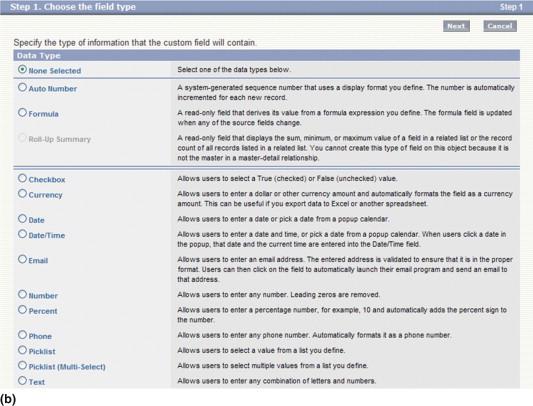
Customization Options: Finding the Right Fit for Your Brand
Scalability: Which Platform Grows with Your Business?
When considering the growth potential of your eCommerce platform, scalability is key. As your business expands, so too do your needs in terms of inventory, traffic, and customer management. Both Shopify and WooCommerce offer unique advantages that can support your business as it evolves, but they cater to different types of growth.
Shopify is a fully hosted solution, which means it takes care of the technical aspects of running an online store.With its automatic updates and built-in security, Shopify allows you to focus on scaling your business without getting bogged down by site maintenance. As your sales volume increases, Shopify’s plans enable you to easily upgrade and access more features.This allows you to:
- Handle increased traffic without performance issues.
- Integrate with various payment gateways and shipping solutions.
- Benefit from a wide range of apps for enhanced functionality.
Conversely, woocommerce provides a more customizable solution for those who prefer to have complete control over their eCommerce experience. Built on WordPress,it allows for extensive modifications and the ability to implement custom features that cater specifically to your business needs. With WooCommerce, you can:
- Add any number of products without worrying about limitations.
- Utilize powerful plugins for scaling your operations,such as inventory management and customer relationship tools.
- Optimize your site for SEO and performance tailored to your target audience.
In terms of cost, both platforms offer options that can grow with your business, but it’s essential to consider the potential hidden costs associated with WooCommerce, such as hosting, security, and premium plugins. Here’s a quick comparison:
| Feature | Shopify | WooCommerce |
|---|---|---|
| Hosting | included | Self-Hosted |
| Ease of Use | Beginner-Friendly | Requires Technical Knowledge |
| Customization | Limited to Themes and Apps | Highly Customizable |
| Transaction Fees | Yes, unless using shopify Payments | No, but depends on the payment gateway |
Ultimately, the choice between Shopify and WooCommerce boils down to your business model and growth strategy.If you prioritize a hassle-free experience with robust support, Shopify might be the better choice. However, if you envision a highly customized store with full control over your operations, WooCommerce could be your ideal platform. assess your current and future needs carefully to make the best decision for scalable growth.
Payment Gateways and Transaction Fees: What You Need to Know
When it comes to choosing between Shopify and WooCommerce, understanding the nuances of payment gateways and transaction fees can significantly impact your bottom line. Both platforms offer a variety of payment processing options, but their cost structures and flexibility differ, which can influence your decision.
Shopify simplifies payment processing by integrating with its own Shopify Payments,eliminating the need for third-party gateways for basic transactions. However, if you opt for an external payment gateway, be prepared to incur an additional transaction fee, which can range from 0.5% to 2% per transaction depending on your plan. this can add up quickly, particularly for businesses with high sales volumes.
On the other hand,WooCommerce is inherently more flexible when it comes to payment gateways. It allows you to choose from a vast array of options without imposing additional transaction fees, provided you’re managing the payment processor yourself.This means you can customize your store’s payment processes to fit your unique business needs while avoiding those extra costs. Notable options include:
- PayPal
- Stripe
- Authorize.net
- Square
However, it’s crucial to consider the transaction fees associated with these payment processors. While WooCommerce doesn’t charge you extra, the fees from the gateways can still apply. Typically,these fees can range from 2.9% + $0.30 per transaction for credit cards, depending on the provider. It’s worth doing the math to see how these fees stack up against Shopify’s charges,especially if you’re planning to scale your operations.
Here’s a quick comparison of the platforms related to transaction fees:
| Feature | Shopify | WooCommerce |
|---|---|---|
| Default Payment Gateway | Shopify Payments | Variety of Choices |
| Transaction Fees (External Gateway) | 0.5% – 2% | None (Processor Fees Apply) |
| Processor Fees | 2.9% + $0.30 | 2.9% + $0.30 (varies by provider) |
Ultimately, your choice may come down to whether you prioritize ease of use or flexibility in payment options. If minimizing costs is crucial, WooCommerce might be the better option for you. Conversely, if you prefer an all-in-one solution with less hassle, Shopify’s integrated services could be worth the extra fees. Understanding these factors will help you make a more informed decision that aligns with your business goals.

Support and Community: Navigating Challenges with Confidence
When diving into the world of e-commerce, choosing the right platform is just the beginning. as you navigate the features and functionalities of Shopify and WooCommerce,it’s essential to consider the support and community surrounding each option.These elements can significantly impact your journey, especially when challenges arise.
Both platforms offer robust resources and communities that can empower you to tackle any obstacles you may encounter:
- Shopify: With a dedicated support team available 24/7, Shopify provides assistance through:
- Live chat
- Email support
- Extensive documentation and guides
- WooCommerce: Being an open-source solution, woocommerce relies heavily on its community for support:
- Active forums where users can share insights
- Comprehensive tutorials and documentation
- Plugin and theme developer support
One remarkable aspect is how each platform fosters community engagement. Shopify boasts a vibrant ecosystem of apps and plugins, but it’s the Shopify Community where you can find inspiration and solutions from fellow entrepreneurs.Conversely,WooCommerce thrives on its open-source nature,allowing developers and users to collaborate extensively,enhancing functionality through shared knowledge.
Here’s a quick comparison of the support features offered by both platforms:
| Feature | shopify | WooCommerce |
|---|---|---|
| 24/7 Support | ✔️ | ❌ |
| User Community | ✔️ | ✔️ |
| Documentation | ✔️ | ✔️ |
| Forums | ❌ | ✔️ |
Ultimately, both platforms have their strengths when it comes to community and support. Your choice may also depend on the type of challenges you anticipate. If you prefer a more hands-on, guided experience, Shopify might be the more suitable option. However, if you enjoy being part of a collaborative community and tapping into a broader range of resources, WooCommerce could be your ideal match.

Final Recommendations: Choosing the Right Platform for Your Needs
In the battle of eCommerce platforms, the choice between shopify and WooCommerce ultimately hinges on your specific business requirements and technical capabilities. shopify is often favored by those who prefer a hands-off approach. It offers an all-in-one solution that simplifies the setup process,allowing you to focus more on selling and less on the technical intricacies of running a website. With its user-friendly interface and built-in features, you can launch your store in no time.
Conversely, woocommerce caters to those who desire greater flexibility and control. If you already have a WordPress site or are pleasant with web development, WooCommerce provides a customizable environment where you can tailor your online store to your exact specifications. This platform is ideal for businesses looking to create a unique shopping experience, as the extensive range of themes and plugins allows for endless possibilities.
Consider the following factors to help guide your decision:
- Budget: Shopify includes hosting and security in its monthly fees, while WooCommerce is a free plugin but may incur costs for hosting and additional features.
- Scalability: Shopify can scale with ease as your business grows, whereas WooCommerce may require more technical know-how to manage increased traffic and sales.
- Support: Shopify offers 24/7 customer support, while WooCommerce relies on community forums and documentation, which may require more effort to navigate.
For a quick comparison, here’s a snapshot of each platform’s key features:
| Feature | Shopify | WooCommerce |
|---|---|---|
| Setup Time | Quick and easy | requires setup and configuration |
| Customization | Limited to themes | Highly customizable |
| Costs | Monthly subscription | Free plugin plus hosting |
| Support | 24/7 support | Community-based |
Ultimately, your choice should reflect your business model, technical skills, and long-term growth plans. If you seek a streamlined process with excellent support, Shopify may be your best bet. Conversely, if you desire extensive customization and control, WooCommerce can provide a robust platform to realize your vision. Consider these aspects carefully, and you’ll make a choice that aligns with your goals.
Frequently Asked Questions (FAQ)
Q&A: Shopify vs WooCommerce – Which is Better?
Q: What are Shopify and WooCommerce?
A: Great question! Shopify is a fully hosted e-commerce platform that makes it super easy to set up an online store without needing any technical expertise. Conversely, woocommerce is a plugin for WordPress that transforms a standard WordPress site into a fully functional e-commerce store. Both have their unique strengths!
Q: Which platform is easier to use for beginners?
A: If you’re just starting out and want a seamless experience without the techy stuff, Shopify is your best bet. It’s like a one-stop shop for e-commerce with a user-friendly interface. WooCommerce can be a bit trickier as it requires you to manage hosting, security, and updates, but if you’re comfortable with WordPress, it’s manageable!
Q: What about customization options?
A: This is where WooCommerce shines! Since it’s built on WordPress, you have thousands of themes and plugins at your disposal, allowing for extensive customization. Shopify offers customization too, but you may find yourself limited to their themes and apps unless you dive into coding.
Q: How do the costs compare?
A: Shopify operates on a subscription model, so you’ll pay a monthly fee that varies depending on the plan you choose. Plus, there are additional transaction fees if you don’t use Shopify Payments. WooCommerce is free to use but you may incur costs for hosting, security, and premium themes or plugins, so it can add up depending on your needs. It really depends on your budget and the scale of your store!
Q: What about payment options?
A: Shopify supports a wide range of payment gateways, including its own Shopify Payments, which makes transactions easy. However, if you use other gateways, they might charge additional fees. WooCommerce provides a lot of flexibility with payment options, supporting major gateways and even cryptocurrency, without extra fees for using external processors!
Q: Can I scale my business with either platform?
A: Absolutely! Both platforms can accommodate growth, but they do it differently. Shopify is built to handle high traffic with ease as your business expands. WooCommerce, being self-hosted, requires you to manage your hosting plan to ensure it can scale properly, which might require a bit more technical savvy.
Q: What about customer support?
A: Shopify offers 24/7 customer support through various channels like live chat, email, and phone. That’s a huge plus if you encounter issues! WooCommerce relies on community support through forums, and while there are many resources, you might not get instant help unless you opt for premium support options.
Q: So,which platform is better overall?
A: It really depends on your specific needs. If you’re looking for ease of use and want to get up and running quickly, go for Shopify. But if you value customization and have some technical know-how, woocommerce could be your perfect match. Ultimately, the best choice is the one that aligns with your business goals and comfort level!
Q: Any closing thoughts?
A: Just remember, both platforms have their pros and cons, so it’s essential to assess your priorities. Whether you choose Shopify or WooCommerce, you’re on the right path toward building a prosperous online store! Happy selling!
Insights and Conclusions
As we wrap up this deep dive into the Shopify vs. WooCommerce debate, it’s clear that both platforms have their unique strengths and weaknesses. If you’re looking for an all-in-one solution that gets you up and running quickly, Shopify might just be your best bet. Its user-friendly interface and robust support make it a fantastic choice for beginners or those who prefer a hassle-free experience.
Conversely, if you’re a bit more tech-savvy and crave flexibility, WooCommerce offers unparalleled customization options that can definitely help you tailor your store to fit your exact needs. Plus, with WordPress powering millions of websites, the possibilities are virtually endless.
Ultimately,the best platform for you depends on your individual business goals,technical skills,and budget. So,take a moment to reflect on what you value most in an eCommerce solution. Whichever path you choose, remember that both Shopify and WooCommerce can help turn your entrepreneurial dreams into reality.
Happy selling, and may your online store thrive!

